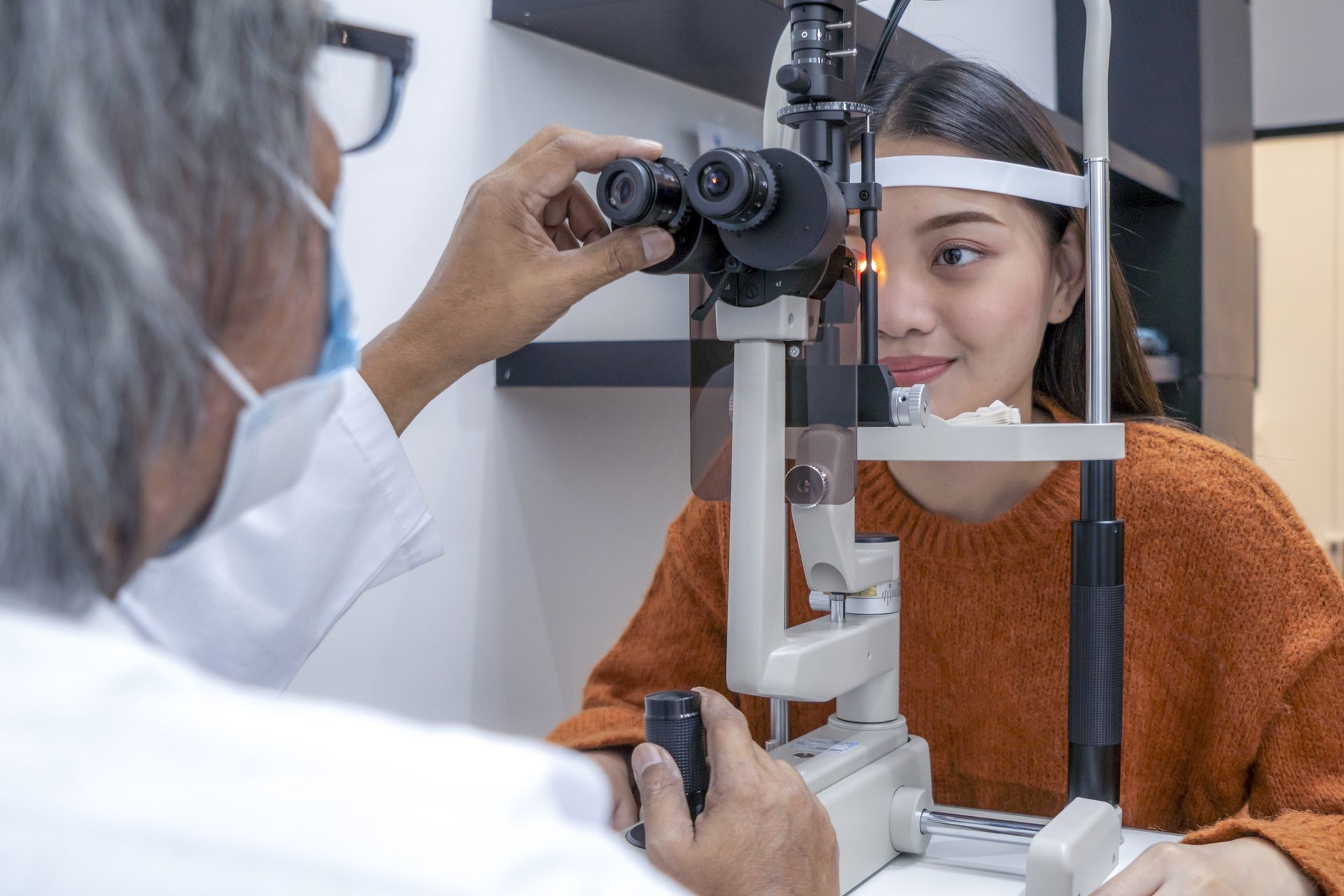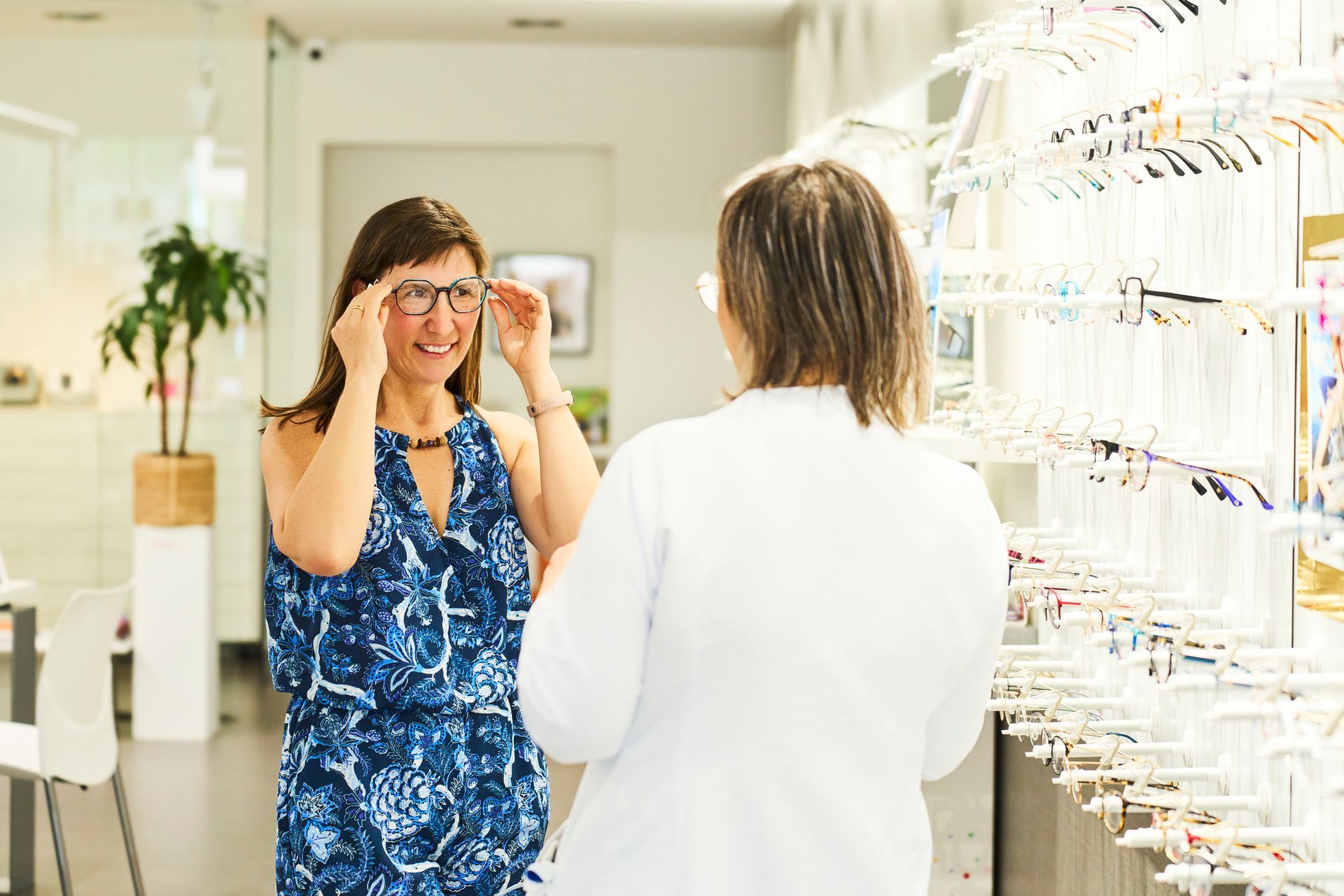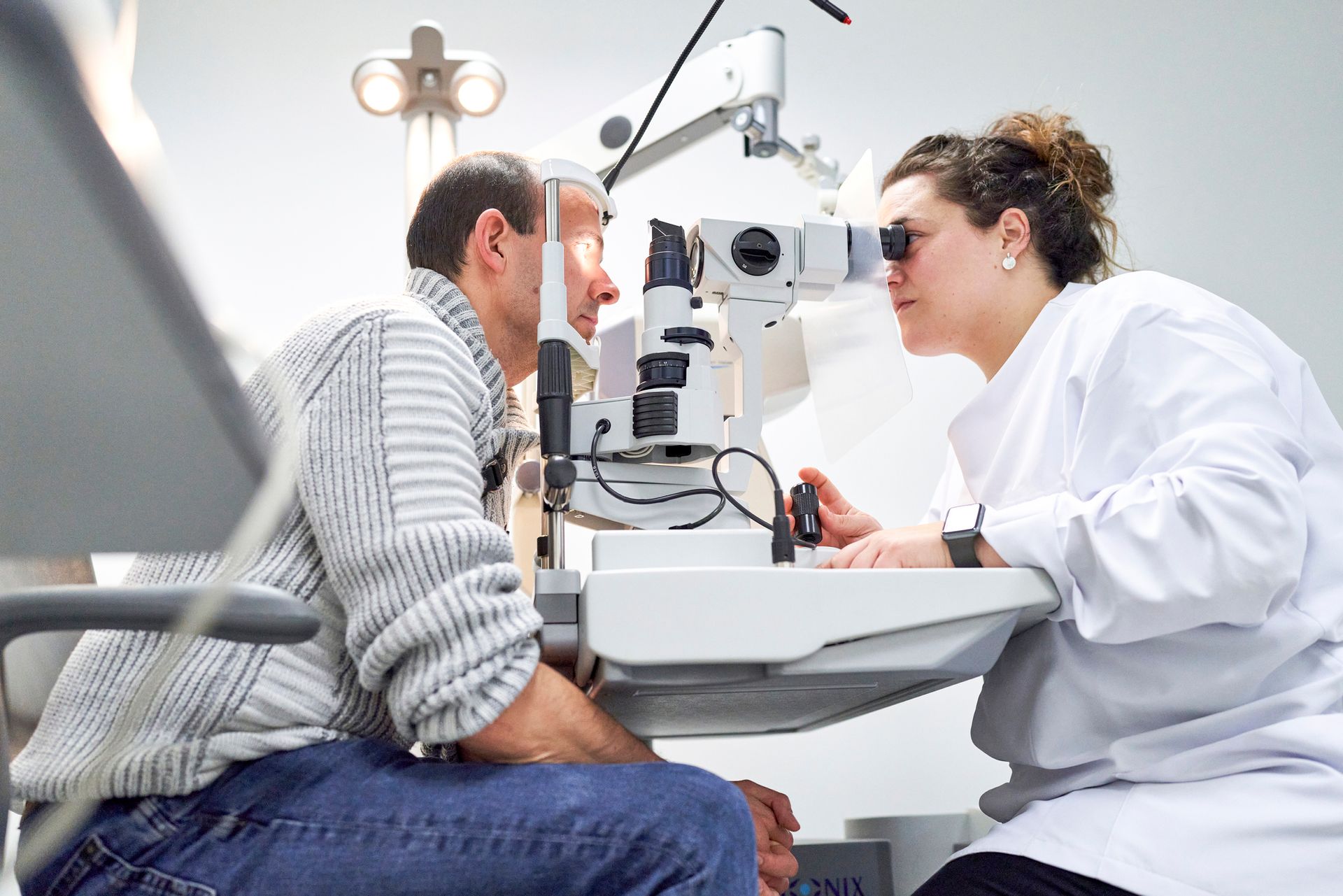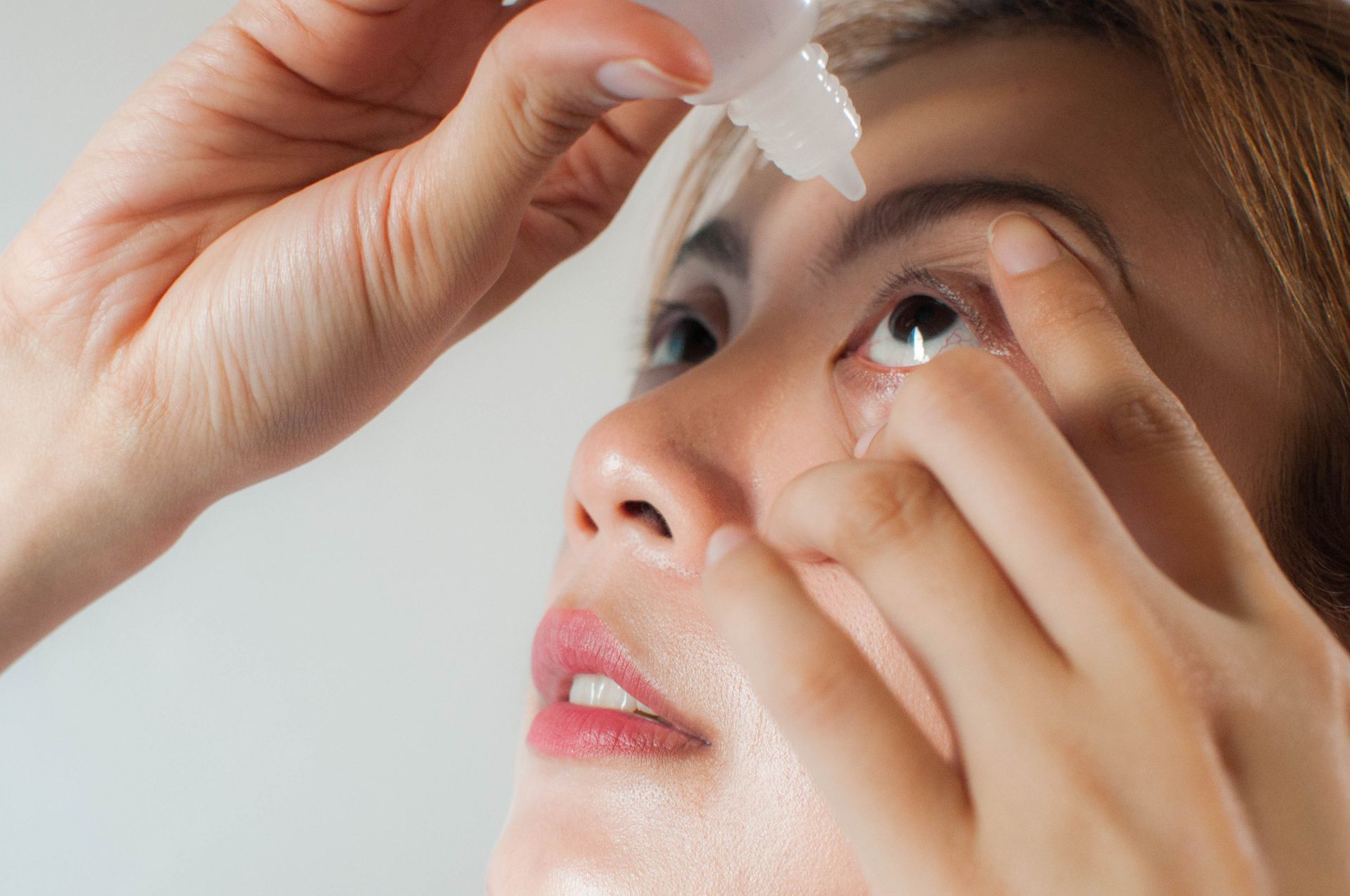Eye Strain: What You Need to Know
Intense use of the eyes may result in eye strain. The condition is relatively common and happens when you look at something for extended periods. Eye strain is discomforting but isn't a severe condition. Learn about eye strain.
Causes
The intense focus of your eyes on a specific object may lead to eye strain. For example, if you drive long distances, you must continuously focus on the road ahead. You can also get eye strain if you work on a computer or cell phone for many hours. Even repetitive work, such as sewing, can cause eye strain.
Eye strain can worsen when you work in a place with dim light. Furthermore, your risk of eye strain is higher if you have existing conditions, like muscle imbalance and uncorrected vision. Tiredness and stress may also lead to eye strain.
Using digital devices also increases the risk of eye strain. That is because you blink less when looking at computers or cell phones. Less blinking causes dry eyes that may lead to eye strain.
Discover other common causes of eye strain:
- Failure to maintain the correct posture when using a computer or cell phone
- Failure to maintain the correct distance from your computer or cell phone
- Extended exposure to huge amounts of blue light that typically emanates from digital devices
- Failure to use the correct brightness and contrast settings on your digital device
Symptoms
Eye strain results in multiple symptoms. The most common symptom is that your eyes will itch or burn or become sore. You may feel like you want to close your eyes due to fatigue. Eye strain patients also show signs of watery or dry eyes that may be accompanied by double vision and headaches.
Eye strain interferes with your ability to concentrate on your job. You could also experience a sore neck due to muscle tension in the shoulders and back.
Complications
If continued exposure to blue light is the main cause of your eye strain, you may suffer from additional problems. For example, you can start to have problems with the retina and have difficulties falling asleep. Repeated episodes of eye strain can eventually lead to cataracts. Some people with eye strain have even developed age-related macular degeneration.
Prevention
Simple lifestyle changes can prevent the occurrence of eye strain. The best prevention technique is to take breaks during work, preferably after every 20 minutes. When you take the break, gaze at an object about 20 feet away for several seconds. Also, blink often to keep your eyes moist and prevent dryness.
Another perfect way to prevent eye strain is to place your computer or laptop a bit farther away. Keep the screens tidy, and always wipe away any dust on your computer screens. Also, don't forget to use the correct brightness consistent with your room's lighting levels. Furthermore, get screen protectors and anti-reflective covers to reduce glare from your digital devices.
Treatment
Eye strain is a mild condition that can go away on its own. Just take a break for a few minutes to let your eyes rest. You can also do eye exercises to strengthen the muscles in your eyes. If the problem persists, an optometrist may recommend contacts or glasses to tackle the problem. Other treatments might come in handy if the eye strain is a result of an underlying condition.
Eye conditions can be painful and will reduce your ability to go on with your normal life. Calvert Ophthalmology Center is an optometrist who can help you with any problems, including eye strain. We use the latest equipment to diagnose and treat eye problems. Contact us to get help.













